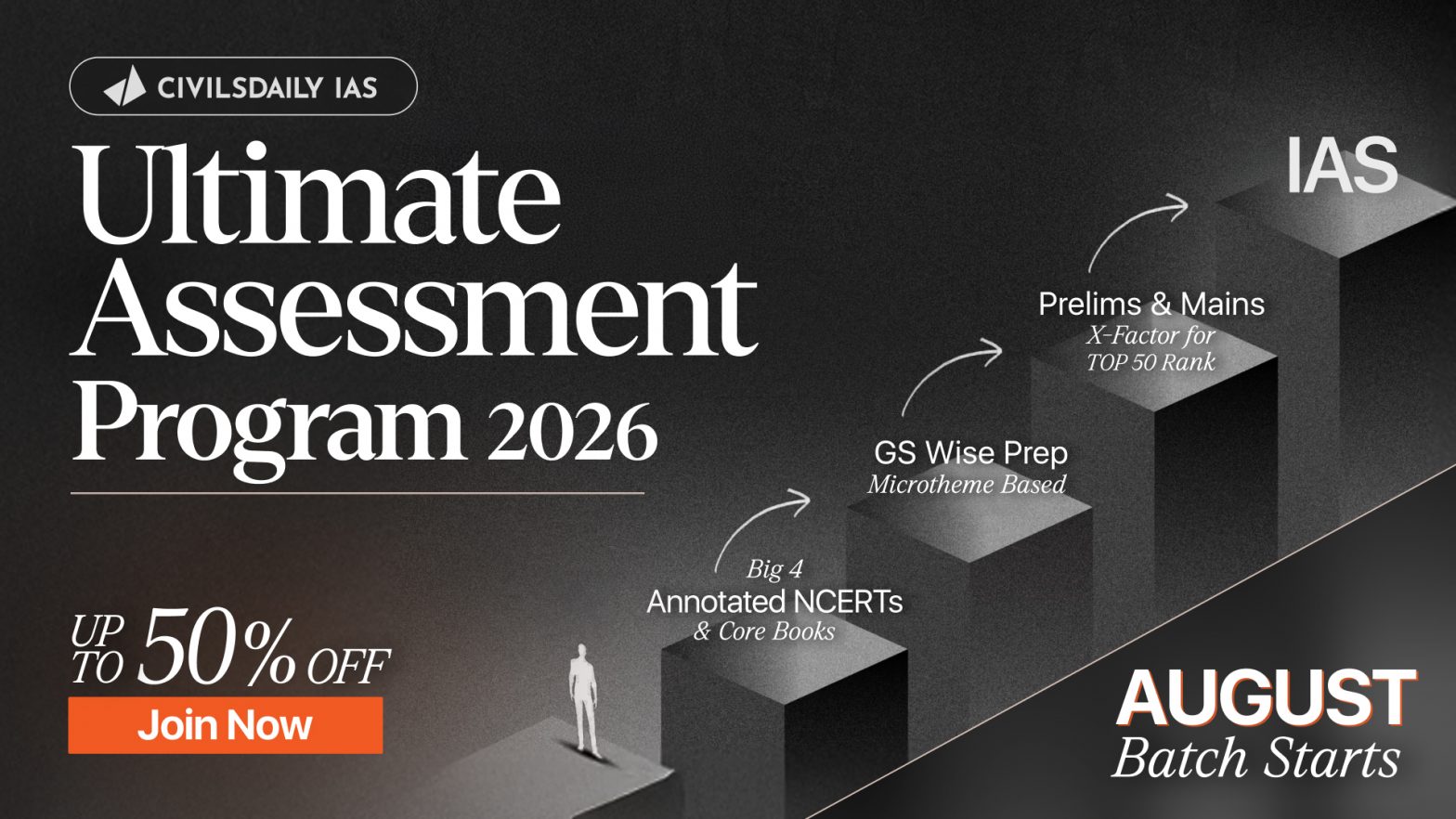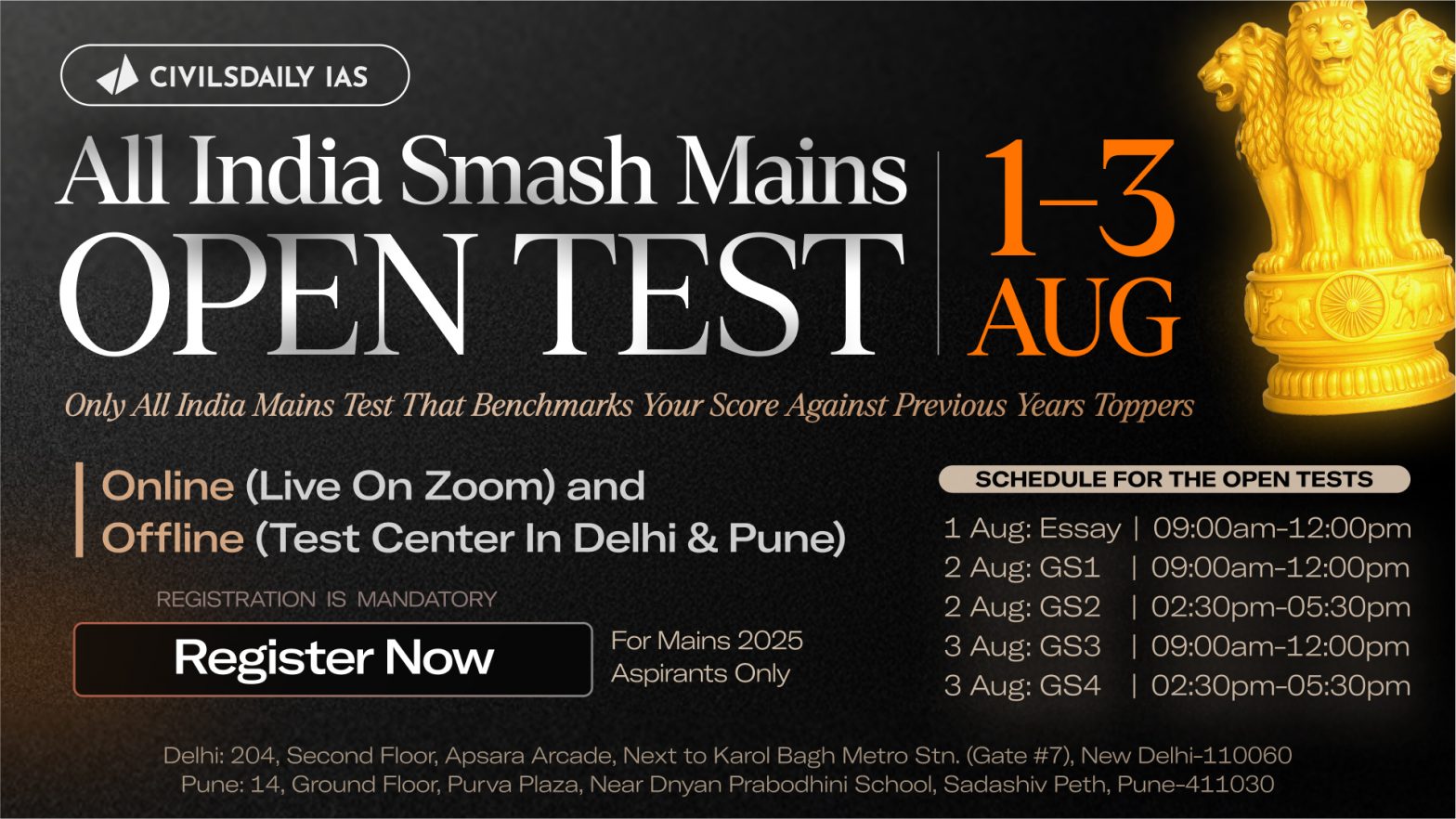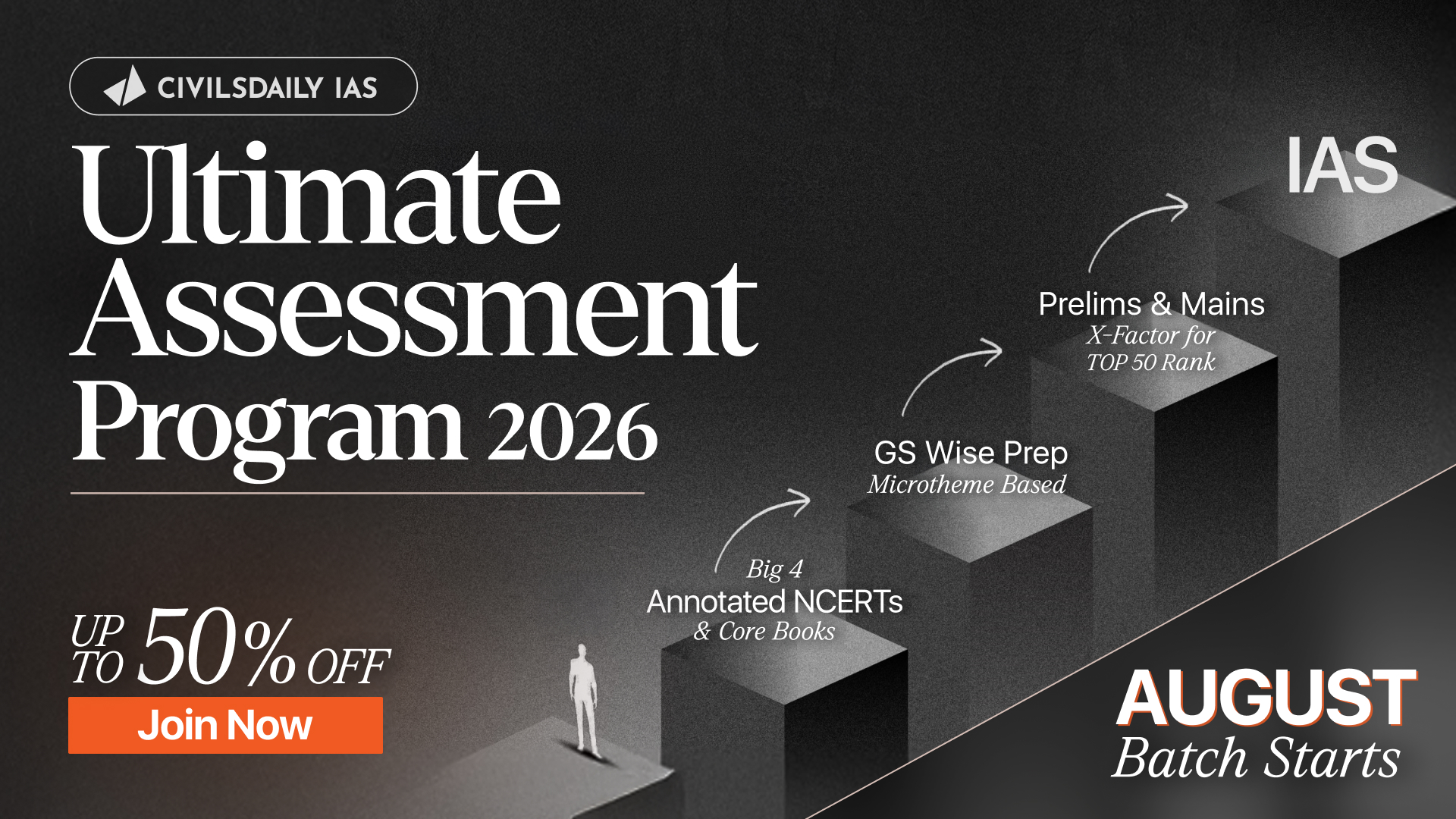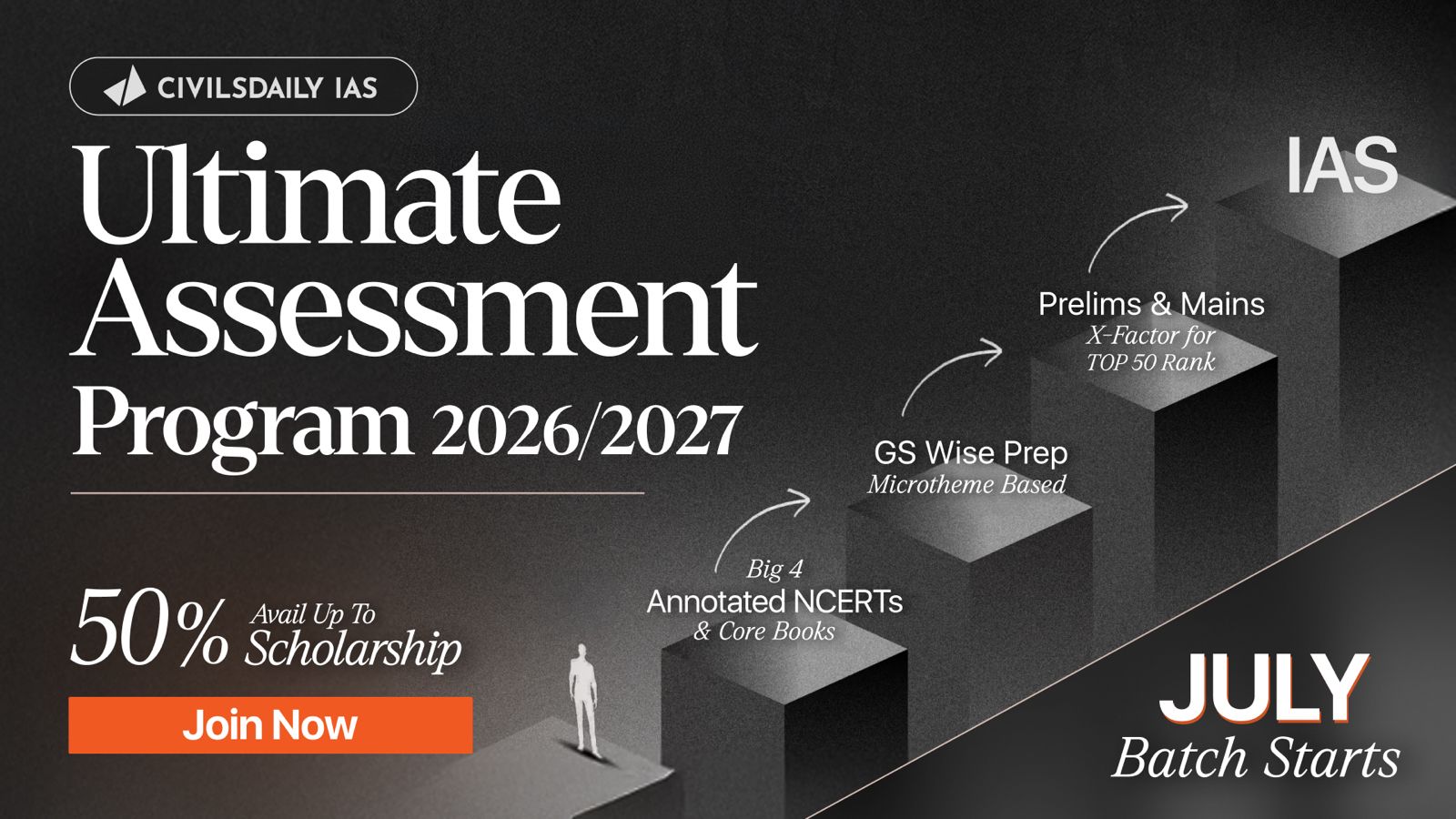





Burning IssuesInterview ProgramMotivation BytesPrelims DailyPrevious Year Question PaperProgram LaunchRanker WebinarsThe Hindu Op-edToppers TestimonialsUPSC Mains Topic-Wise PYQsUPSC PreparationUPSC SyllabusX Factor Notes
21st September
21 September 2017 | Prelims Daily with Previous Year Questions & Tikdams
Q.1) Which of the following Dry Cells are Primary Dry Cells? 1. Alkaline cell 2. Lithium cell 3. Mercury cell 4. silver oxide cell Select the correct option using the codes given below. a) 1, 2 and 3 only b) 2, 3 and 4 only c) 1 and 2 only d) 1, 2, 3 and… Continue reading 21 September 2017 | Prelims Daily with Previous Year Questions & Tikdams
20th September
Government Budgeting
Budget: Process, Types The Role of the Government in the Economy The Government Budget: Revenue Budget, Capital Budget, Government Deficits Budgetary procedure in India Types of Budgets in India Taxation in India Taxation in India: Classification, Types, Direct tax, Indirect tax Goods and Services Tax Tax Reforms in India Concept Related to Taxation: Tax Incidence,… Continue reading Government Budgeting
Budgetary procedure in India
The budgetary procedure in India involves four different operations that are Preparation of the budget Enactment of the budget Execution of the budget Parliamentary control over finance Preparation of the budget The exercise of the preparation of the budget by the ministry of finance starts sometimes around in the month of September every year. There… Continue reading Budgetary procedure in India
The Role of the Government in the Economy
India embraced an economic model which has the features of both free market capitalism and socialism. The policy makers called this a model of ‘Mixed Economy’. The reason for adopting such a hybrid model was to raise people’s standard of living and reduce income inequality. India embraced an economic model that uniquely combined free market… Continue reading The Role of the Government in the Economy
Types of Budgets in India
Balance Budget versus Unbalanced Budget Balanced Budget Unbalanced Budget A balanced budget is a situation, in which estimated revenue of the government during the year is equal to its anticipated expenditure. The budget in which income & expenditure are not equal to each other is known as Unbalanced Budget. The government’s estimated Revenue… Continue reading Types of Budgets in India
The Government Budget: Revenue Budget, Capital Budget, Government Deficits
Revenue Account The revenue account shows the current receipts of the government and the expenditure that can be met from these receipts. Revenue Receipts: RR are receipts of the government incomes which cannot be reclaimed back by the citizens from the government. Revenue Expenditure The expenditure incurred by thegovernment that neither creates any… Continue reading The Government Budget: Revenue Budget, Capital Budget, Government Deficits
Taxation in India: Classification, Types, Direct tax, Indirect tax
CLICK:-REGISTER & DISCUSS ECONOMICS CONCEPTS & YOUR UPSC PREPARATION WITH CD MENTORS FOR FREE Taxation in India The India Constitution is quasi-federal in nature, and the country has three tier government structure. To avoid any disputes between the centre and state the Constitution envisage following provisions regarding taxation: Division of powers to levy taxes between… Continue reading Taxation in India: Classification, Types, Direct tax, Indirect tax
Goods and Services Tax
Goods and Services Tax The Goods and Services Tax (GST), the biggest reform in India’s indirect tax structure since the economy began to be opened up 25 years ago, at last, becomes a reality. The Working of GST The Manufacturing Stage: Step 1) Imagine a Producer of Shoe. He buys raw materials like leather, cloth,… Continue reading Goods and Services Tax
Tax Reforms in India
The Summary of India’s Tax Reforms Income Tax In 1973-74, there were 11 income tax slabs, ranging from 10 per cent to 85 per cent. With a sur charge of additional 15%, the implication of which is high earning individuals paying an effective tax of 97% of their incomes. The Wealth tax further makes a… Continue reading Tax Reforms in India
Concept Related to Taxation: Tax Incidence, Tax Evasion, Laffer Curve, CESS and Surcharge
Key Concepts Relating to Taxation Tax Incidence The key to imposing the tax is who bears its burden. If the person on whom the tax is imposed have the flexibility to transfer it on to the other person, then we say tax incidence has shifted. The shifting of tax form one person to the other… Continue reading Concept Related to Taxation: Tax Incidence, Tax Evasion, Laffer Curve, CESS and Surcharge
Special Category Status, Role of Finance Commission, Centrally Sponsored Schemes, National Counter Terrorism Centre, GST, Federalism and Foreign policy
Special Category Status to States Various Chief Ministers across the nation have been demanding special status for their respective states since last few years. This has led to fierce debates amongst the proponents and critiques of the special category status. The proponents argue that granting special status to these states will bring them at par… Continue reading Special Category Status, Role of Finance Commission, Centrally Sponsored Schemes, National Counter Terrorism Centre, GST, Federalism and Foreign policy
Financial Relations between Centre and State (Art. 268 to 293)
The Indian Constitution has elaborate provisions regarding the distribution of revenues between the Union and the States. Article 268 to 293 in Part XII deal with the financial relations. The financial relations between the Union and the States can be studied under the following heads: Taxes and duties levied by the Union, but collected and… Continue reading Financial Relations between Centre and State (Art. 268 to 293)
Administrative Relations between Centre and State (Art. 256 to 263)
The framers of Indian Constitution made detailed provisions in the Constitution in regard to administrative relations between the Centre and State to ensure minimization of conflict between the two. They have been elaborated below: a) Directives by the Union to the State governments: Article 256 mentions that the executive power of every state shall be… Continue reading Administrative Relations between Centre and State (Art. 256 to 263)
Issues and Challenges pertaining to the federal structure
The Role of the Governor (Discretionary Power and Appointment Issues), Reservation of Bills for Consideration of President Misuse of Article 356 The Maintenance of Law and Order in States Encroachment by the Centre on State List The Financial weakness of the State Taxation Powers Issue of Grants Role of Planning Commission Question of Autonomy Issue
Misuse of Article 356 by Central Government
Article 356 is the most contentious article of the Constitution.It offers for State emergency or President’s rule in State if the President, on receipt of It offers for State emergency or President’s rule in State if the President, on receipt of report from the Governor of a State or otherwise, is satisfied that a situation… Continue reading Misuse of Article 356 by Central Government
The Role of the Governor (Discretionary Power and Appointment Issues), Reservation of Bills for Consideration of President
Role of the Governor The Governor is appointed by the President of India for five years. But he remains in the office till the pleasure of the President. It means, he can be recalled any time and his continuation in the office depends at the will of the Centre. The Supreme Court has held that the… Continue reading The Role of the Governor (Discretionary Power and Appointment Issues), Reservation of Bills for Consideration of President
Functions & Responsibilities of the Union & the States
Concept of Federalism, Federalism in India Division of powers between Union and States Administrative Relations between Centre and State (Art. 256 to 263) Financial Relations between Centre and State (Art.268 to Art.293) Miscellaneous issues: Special Category Status, Role of Finance Commission, Centrally Sponsored Schemes, National Counter Terrorism Centre, GST, Federalism and Foreign policy
Division of powers between Union and States
With reference to Indian Federation, the administration is primarily furnished by the state agencies. Unlike other federations where both the federal and state government create their own agencies for the administration of their laws and the subjects allocated to them in the constitution, even the laws of the union are left to be administered by… Continue reading Division of powers between Union and States
Concept of Federalism, Federalism in India
Concept of federalism There are three ways in which power can be divided between a central authority and various constituent units of the country: Federal Unitary Confederation Federalism: a system of government in which the same territory is controlled by two levels of government. In this system, the Central Government usually oversees the issues that… Continue reading Concept of Federalism, Federalism in India
Devolution of powers & finances up to local levels & challenges therein
Panchayati Raj Institution: Evolution, Features, Composition, Powers, Functions Rural Local Finance: Need, Mechanism Issues with PRIs Roadmap to Panchayati Raj: Finance, Empowerment Panchayats (Extension to Scheduled Areas) Act, 1996: Background, Important provisions, Associated problems Parastatals and associated problems Urban Local Government: Composition, Functions, Problems Urban Local Finance: Mechanism, Problems, Way Forward Urban Governance- Miscellaneous Issues: JNNURM,… Continue reading Devolution of powers & finances up to local levels & challenges therein
Slide Anything shortcode error: A valid ID has not been provided





